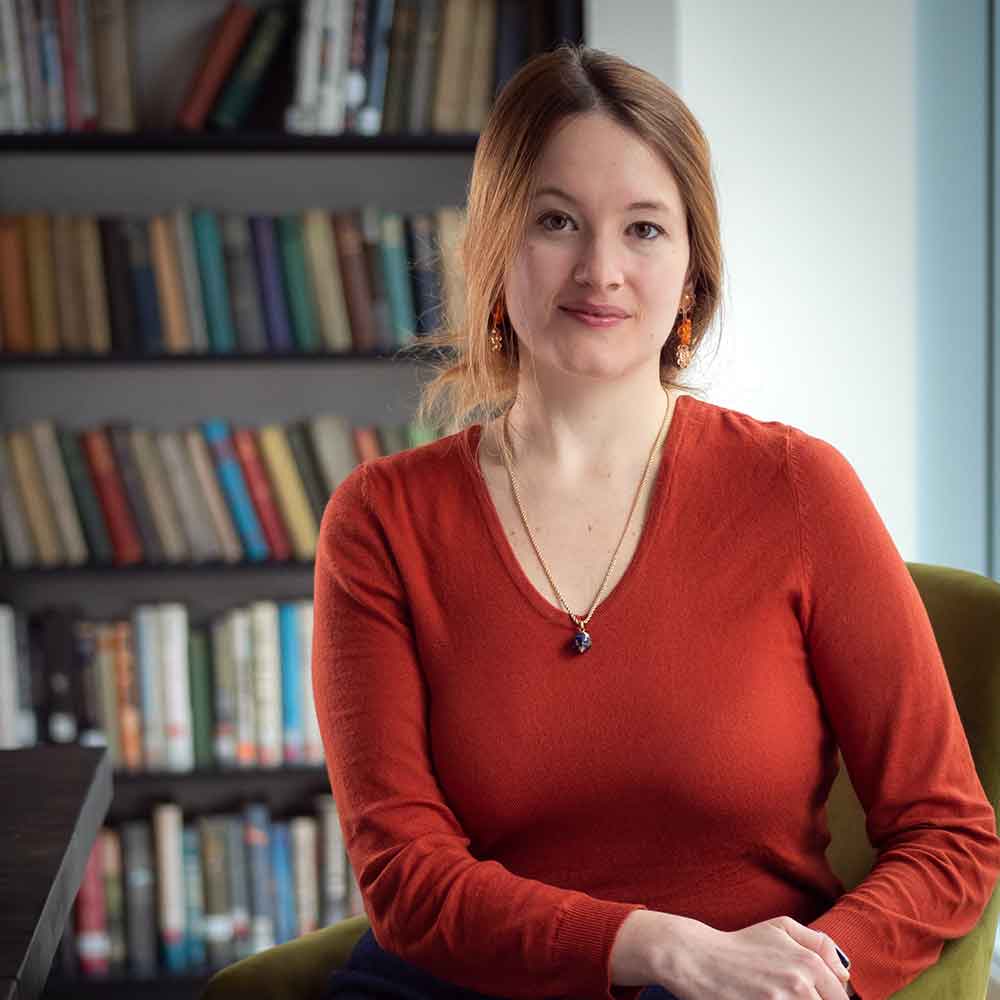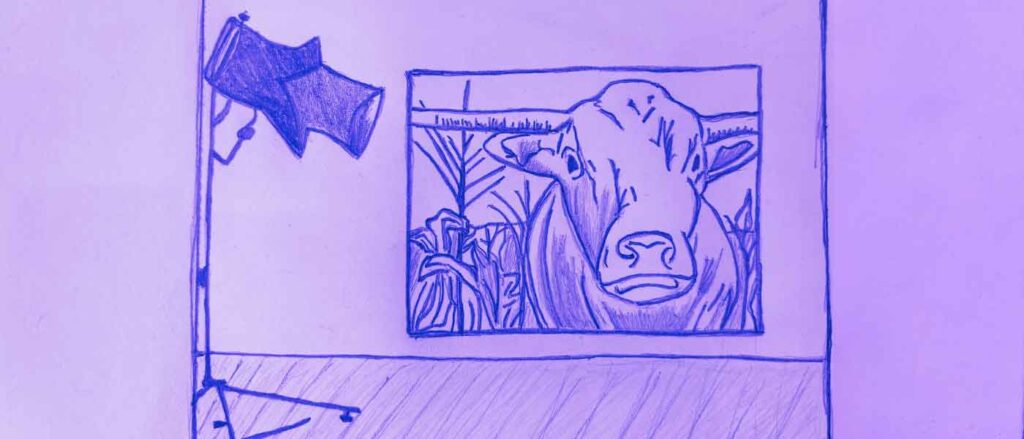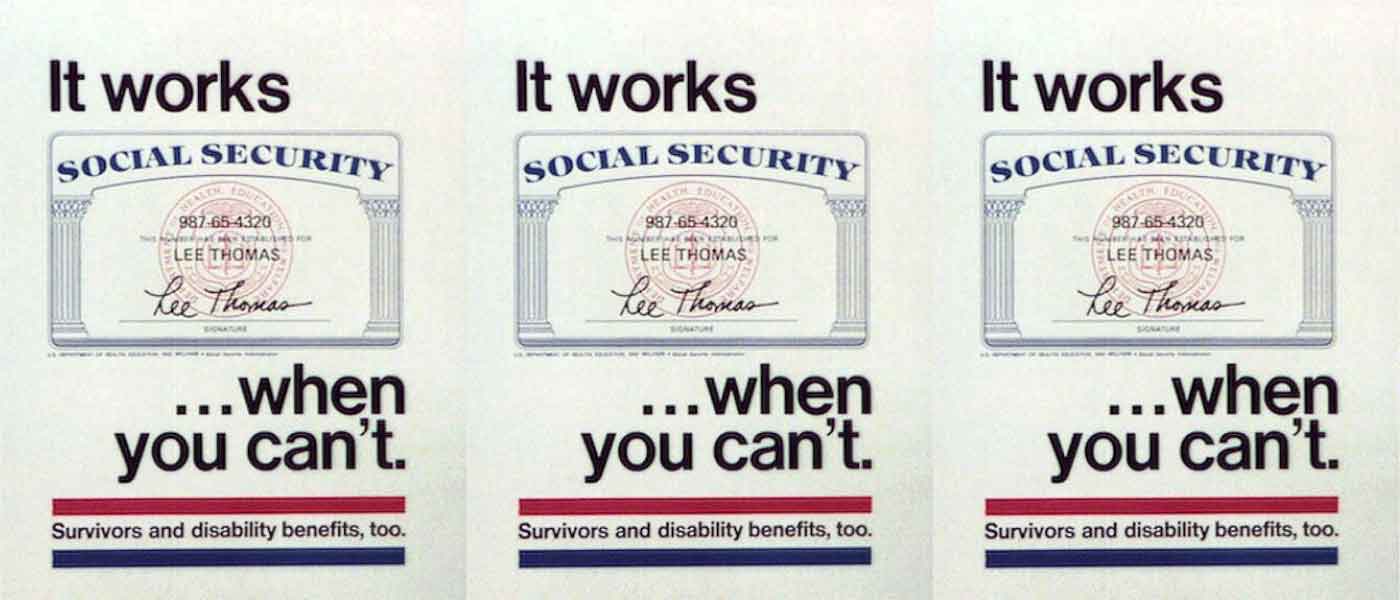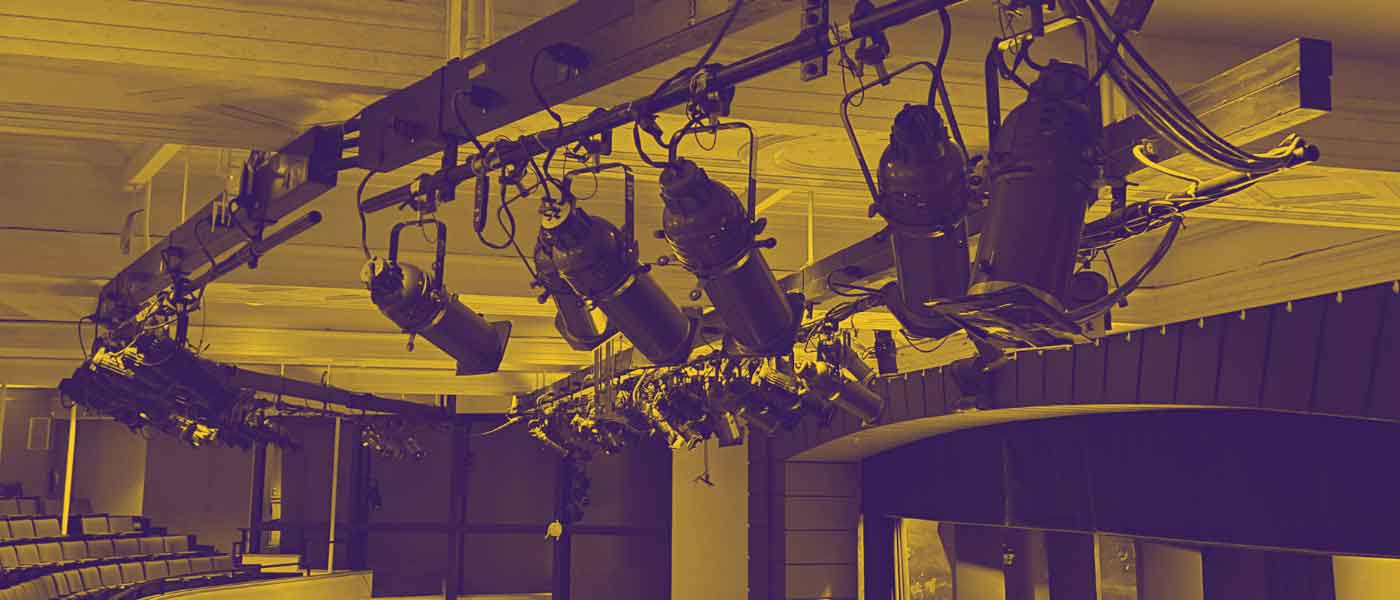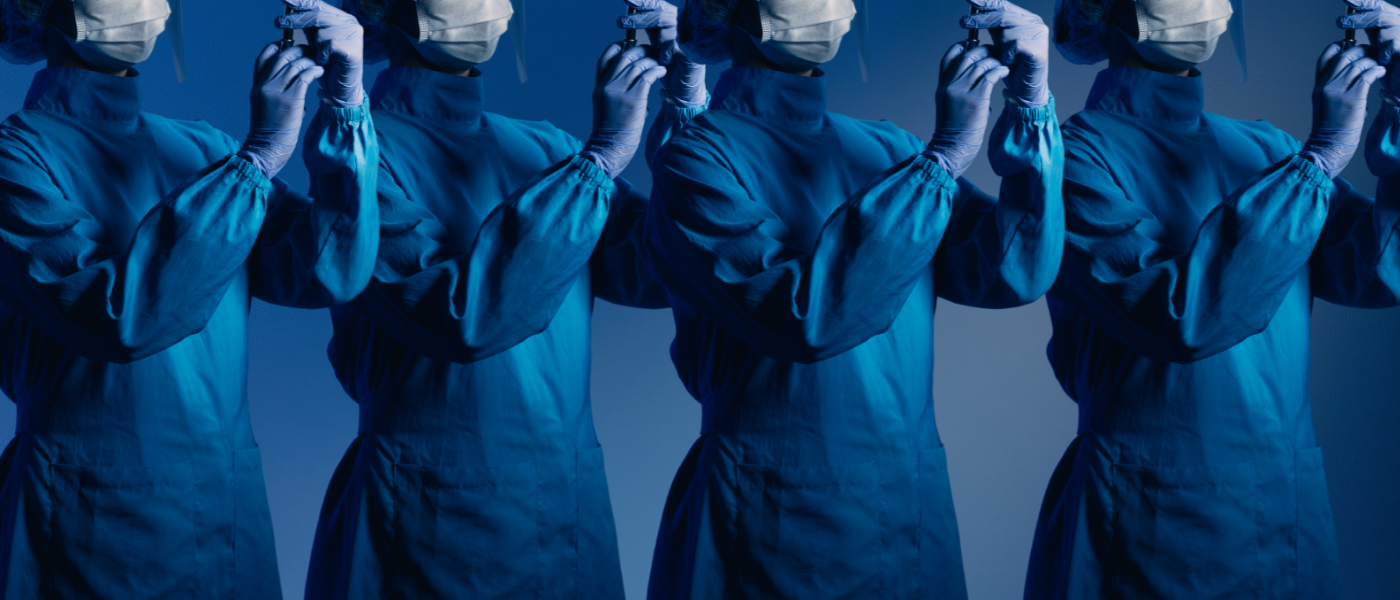The court had decided I was the most logical choice for the bull’s care. I was sufficiently neutral as a production assistant, and I’d already been tasked with managing him at the studio. Plus, prosecution worried that returning him to a farm would reset his behavior too much for the animal psychologist’s assessment to be objective. An indoor environment would best suit his continued care while the studio was closed.
I kept him in my bedroom, where I constructed a city of small, soft towers using piles of folded sheets stacked on overturned cardboard boxes, on top of which I propped pillows lengthwise to buffer the corners of the room. I worried for him — that he might charge at the empty space where the walls met, that doing so might part them altogether, might split his head open. That keeping him here much longer would be bad for all of us.
But the team at Science Wars assured me his wild temperament was largely gone — he’d only grazed for six weeks before the producers arrived at the farm and hired him on the spot. They liked how gentle he was, how easily he took their food. “So cute,” the first YouTube commenter wrote in response to his appearance in the Season 2 trailer for the show. “Such a cow LOL,” another wrote at the time-stamped minute when the bull mooed (though his call was actually more of a bellow — the audio team had lowered his pitch and amplified the echo) and the camera zoomed in on the creature’s mouth as his jaw parted the span of a child’s fist.
In the background, Stevie shakes her hips in a neon pink jumpsuit and pulls down on the giant rainbow lever to spin the golden “Quiz Wheel,” each answer’s prize-dollar amounts lettered in ROYGBIV-order by the highest wager. At the end of the video, the imperative “Watch your favorite scientists compete on climate!” stretches across the screen in giant letters.
Science Wars was the studio’s response to an industry-wide push for more environmental content. “This generation is more concerned with feeling as though they’ve influenced the course of history,” the showrunner had told us at our initial pre-production meeting, held in a warehouse in Queens. At the time I was grateful to get a gig that wasn’t just for a commercial, and that would pay enough for me to leave my three roommates behind, which, after Season 1, I did.
“The goal of our show is to architect an environmental experience that makes our viewers feel as though by simply watching it, they are part of something good — we want them to feel like watching our show is a protest — a climate action, you might say. Something like a movement…Something they’ll share viral clips from.”
The showrunner then distributed packets featuring scientists who would come on the show throughout Season 1 — PhDs from all over the world, lead researchers on eco-tech — to the production crew.
“They really want to do our show?” a lighting technician asked in what should’ve been a whisper. The showrunner spun toward her, dropping the remaining packets on the table. Barely suppressing a grimace, he addressed the tiny woman. “This show will deliver their message to a wider audience — to international audiences. This show will make understanding the climate crisis fun.”
At midnight the day before the trial began, a production truck arrived outside my building. A quilted black blanket with holes cut out for his eyes was draped over the cow like a child’s budget Halloween costume, a choice I assumed was made in hopes that, should a neighbor pass, they might take him for some giant dog being brought home, or a strange art project — anything but what he was.
The showrunner jumped out of the passenger seat wielding a thick brown rope, which he noosed around the cow’s neck. I froze as he handed the other end to me, like it was a leash. Before I led the cow in through the emergency exit and down the hall to my apartment, the showrunner assured me again that I was not on trial. “Some people just don’t understand what we’re trying to do here,” he said, his mustache wiggling as he smiled at me. He placed a hand on my back. “You see the good that we do. This will all be cleared up soon.”
Having the bull in my home was nothing like having three roommates: We never had time apart. There was constant mess, giant droppings that had to be broken up and flushed in smaller chunks. The toilet clogged every few days. A smell like rotted grass clung to furniture, clothes. A low, mournful hum radiated from the creature’s chest at random hours. His mouth didn’t even open to release the sound; it was as if the noise emanated from his heart.
As the trial dragged on, I stayed unemployed, dealing with the bull full-time without clear purpose or break. No on-air countdown clicked on overhead, no janitor came by with a repurposed luggage cart to cycle out the bathroom hay. We couldn’t pass jokes, we couldn’t walk the cow through the halls before setting up his stage marks and running through his cues. I fed him unpeeled carrots and stuck a mop bucket filled with tap water under his snout, thick as a boot. I used my spare dish sponge to run water over his wooly body. I worked a comb through the matted hair on top of his head, trying to hold his gaze, but he wouldn’t look at me.
At night or whenever I took a shower, I left classical music playing for him and shut my bedroom door. My friends had stopped calling to invite me to go dancing, had stopped pleading to come visit him. The novelty had worn off after I described in detail the morning I awoke on the couch to carrot-vomit seeping into the living room from under the bedroom door. I spent all of my waking hours with him in my bedroom; I deleted my profiles from the three dating apps I’d been on since I graduated college. I ran out of excuses to decline invitations for wine bars and walks around the park.
The only breaks I took outside the room were to cook an omelet or buzz in the grocery delivery man. “It’ll be your turn soon,” I whispered to the cow as I stroked his side, listening to the news coverage of the trial. His stomach was as compact as a tree trunk. His short needles of hair bristled against my palm. “Just a few more days.” But the behaviorist booked to evaluate him never showed; in the trial’s second week the judge announced that video review from the show’s past few seasons would do.
Were our cohabitation under other circumstances, I’d of course consider monetizing it — going live on socials, creating a crowdfunding page to follow our quirky situation — but as the days wore on and I watched the proceedings on the small square of my phone, belly pressed to my bed, now immune to the stink of dank, grassy sweat coating my sheets, I could only see our situation as piteous. The bull stared vacantly at the white wall before him, his spontaneous moans absent for days. Both of us trapped. Both of us left to endure a windowless room for weeks. Both of us out of a job, at least temporarily.
Cow, the cow, the animal — I began to note the ways he was referenced in the proceedings. That night at dinner I wrapped my arms around his thick neck while he ate from the bucket of grain at his feet. “We never even gave you a name.” The showrunner had told us this was a conscious choice, to ease transition if the cow needed to be replaced, which they assumed he would. They’d envisioned a new farm animal rotating throughout the series, often frequently enough that audiences wouldn’t ask questions about their whereabouts. The livestock would become part of the education. Besides, the farmer was unsure how long the bull would live. He’d have been slaughtered by age three if he’d stayed with the others, but with us his life continued on, and on screen. Each season renewal, another year for him. No need for a chicken or a pair of goats. The bull had become a presence. Stevie’s sidekick. We should’ve premiered each season with an anniversary cake.
Finally, it was my turn to testify. I slipped on my thick black elastic platform sandals that flapped against my feet as I walked, dizzied, through the apartment. It’d been over three weeks since I’d gone outside. I hired a sitter on an app for the cow, explaining the situation and paying him double for it. As I awaited his arrival, I rehearsed the notes I’d scratched down on a notepad during a call with the company lawyer.
I refused to watch the testimony’s replay on the taxi ride home. I’d said all the right things, as confirmed via text message from Stevie herself: “Nicely done, kid,” the speech bubble on my screen read. I pictured her pink plastic nails clacking against the letter keys on her phone.
I transferred payment to the sitter’s bank account as he stood in the bedroom doorway watching me. “No problems,” he assured me, scratching at his belly through his oversized T-shirt. I peeked at the bull, who was staring at the small puddle of snot forming below him, dripping from his nose. Reaching behind the sitter, I slammed the bedroom door shut. He jumped forward, then ambled across the living room.
I’d hoped the noise would startle the bull, that I’d incite a protest — a true one. An angry charge at the bed posts, a rampage around my room, culminating in a frantic call from the property manager as the neighbor’s ceiling fell in chunks onto their coffee table. Bulls will attack, even unprovoked, I’d read in a Wikipedia entry the night before. They are some of the most powerful creatures on earth. I stared at the steady bedroom door, listening to the gentle sigh whistle through the bull’s nostrils on the other side. “It’s much more space than they have at a slaughterhouse” the sitter said, watching as I panted, my hand still wrapped around the doorknob.
“Thank you for watching him,” I said, doing my best to swallow my breath, to slow everything down.
After he left, it all happened quick, a sequence of discrete images. My laptop on the table. Terms typed into YouTube’s search bar: cow running, cow family, bull nature, cows healthy, cow in love, bull happy. I spent the night watching clip after clip, watching the lives that were possible. Watching what it would be like to be free.
The next morning, the papers announced that Science Wars had been found not guilty on all counts of animal abuse and harm. “No negligence was identified in this case,” the judge was quoted saying in the article’s lede. “In fact, the cow was so beloved that he has been in the voluntary care of one of the show’s employees for the duration of this trial.”
The final paragraph quoted Stevie, announcing that production would resume in six days, after a “much-needed holiday.” EcoTimes reported the trial a travesty as a million hearts were appended to a video Stevie posted online of her riding on the bull’s back in the studio lot during a Fourth of July party last year. “My little pony,” she’d captioned it. The cow’s marble, black eyes stare off-center, his nose dry and cracked. “He trusts you so much,” @EnviroWitch239 wrote between six emojis of stardust. “wut a luv,” @mommyKris02 posted underneath. “Universe works in strange ways…glad u get ur baby bak soon,” she wrote, in a reply to herself, a cow and a heart serving as punctuation.
A blue bubble appeared at the top of my phone screen: a text from Stevie. “Be by in the morning to pick him up!!!” she wrote. Three dots appeared, then disappeared — twice — before the next text came through. “Press will be there.”
But I had already decided by the time her messages came in. I called the editor from EcoTimes and they arranged a horse van to arrive by dinnertime. I left a message with the property manager to cancel my lease starting next month. After transferring its funds to a new line, I closed my bank account. Same with my phone.
Disappearing my life took under two hours. I left the bedding, the closet full of jeans. Carrots and milk in the fridge, my favorite mug.
Once decided, it was so easy to leave.
.
